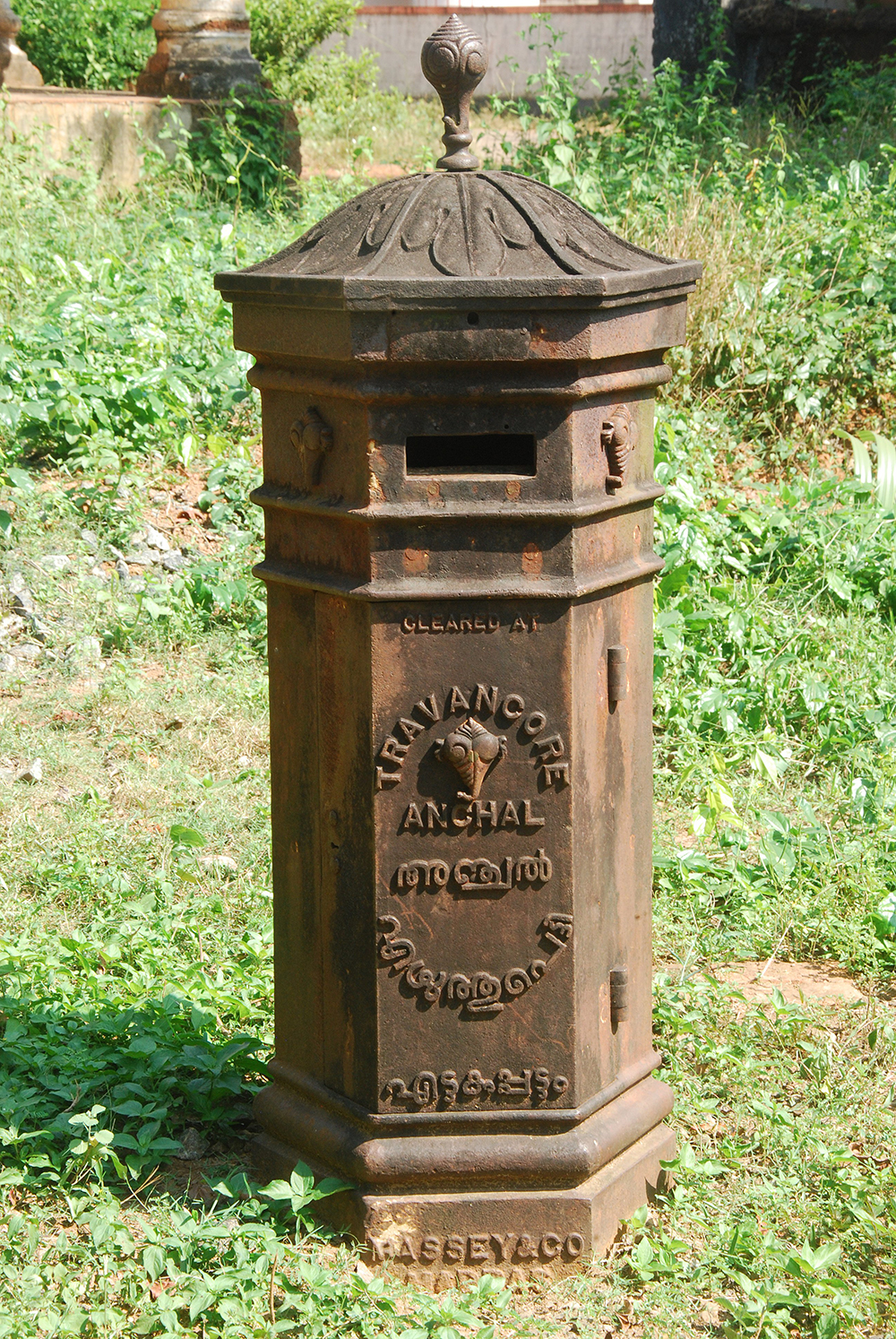
HERITAGE OF POKKALI
Cultural aspects of Pokkali:
Puliyampilly Temple
Kerala is characterised by the verdant paddy fields across the state; the culture and landscape are an indulgent tribute to nature. Puliyampilly Namboodiri is a local male deity who is said to have lived in medieval Kerala, as a Brahmin practitioner of Tantra. He was later ostracised from his community for breaking community mores, especially the flouting of stringent caste norms that existed earlier in Kerala. Among the many significant episodes mythologised about Puliyampilly was his ability to conjure natural spectacles, especially where he caused two full moons to appear in the sky on a new moon night.
After his death a system of veneration for Puliyampilly was established, especially among the agrarian communities. Devotees consider Puliyampilly as one who can control nature and bless them with a good harvest. Offerings of poultry and alcohol for a good harvest are placed, as appeasement are the most noticeable practises attached to the Puliyampilly tradition.
Chiramallan
The practise of Chiramallan is one that speaks of the dark side of cultural practices. When fear and poverty reigned, and common folk were driven by the need to protect their farming produce from the ravages of nature- the idea of Chiramallan was born.
A farm worker would be identified and offered as a human sacrifice to nature for protection of the Chira(protective mud embankment that regulates the water levels into the paddy field). The body of the victim would be buried in the mud along the barrier.
The victims are almost always from the lower caste and working labourers. This also draws to the dominant and regressive caste system that was prevalent during past years.
A Diverse Pokkali Culture
There exists a symbiotic relationship between the agrarian practises and the evolution of the cultural practises of various religions in Kerala. One of the most noticeable examples of this is the Virgin Mary Church at Vallarpadam, Cochin. The area is surrounded by Pokkali fields, and the church gives out rice as their blessed offering to visitors and devotees. This practise could have originated due to the proximity of Pokkali farming and farm labourers having formed the majority of the congregation.

